7 Healing Saints for Common Ailments
Saints play various important roles in the life of a Catholic-- not only are they models who the church encourage us to emulate, they are critical in the realization of our daily prayers. By interceding for us, our patron saints join us in the hearing of our intentions and spiritual desires.
When it comes to our physical, mental, emotional, and even our spiritual healing, the Church name these seven important individuals as the patron saints for us to look upon and pray through.
 Let us begin with the most notable patron saint who has always been associated with general healing: Raphael the Archangel. Although Saint Raphael the Archangel was never a mortal being who lived on Earth, his work in aiding those who have prayed for good health has led to his recognition as the patron saint of healing. You might see his imagery in hospitals, hospices, clinics, and other institutions that deal with the sick or with doctors, nurses, and pharmacies. Through his role, medical institutions tend to associate him with being the spiritual guide of surgeons, counselors, and other medical professionals. Biblically, St. Raphael is mentioned as the companion of Tobias, the son of Tobit, on his search for some kind of fish liver, which many believed to contain healing properties. Of all archangels, why did the Church favor Raphael to be the patron saint of healing? Well, Raphael's name itself holds the largest clue: in Hebrew, Raphael means "divine healer."
Let us begin with the most notable patron saint who has always been associated with general healing: Raphael the Archangel. Although Saint Raphael the Archangel was never a mortal being who lived on Earth, his work in aiding those who have prayed for good health has led to his recognition as the patron saint of healing. You might see his imagery in hospitals, hospices, clinics, and other institutions that deal with the sick or with doctors, nurses, and pharmacies. Through his role, medical institutions tend to associate him with being the spiritual guide of surgeons, counselors, and other medical professionals. Biblically, St. Raphael is mentioned as the companion of Tobias, the son of Tobit, on his search for some kind of fish liver, which many believed to contain healing properties. Of all archangels, why did the Church favor Raphael to be the patron saint of healing? Well, Raphael's name itself holds the largest clue: in Hebrew, Raphael means "divine healer."
 For illnesses and ailments that befall children, infants, and the unborn child, we look to St. Philomena for her mercy and generous intercession. Not much is known about St. Philomena apart from the horrors she experienced before her death. It is believed that Philomena, a pledged virgin, had been the object of desire of Emperor Diocletian. When she refused to marry him, or at least serve his bedside as his concubine, she was tortured by Roman soldiers. And yet, throughout every brutal attack, St. Philomena was healed by her guardian angels. The Emperor, tired of her strength and fervent faith, ordered her decapitation. She died on August 10th, at only 13 years old. The young saint has since been associated with the healing of infants, children, and teenagers. Other young saints, namely St. John Vianney and St. Peter Louis Marie Chanel, have been known to intercede their prayers through her.
For illnesses and ailments that befall children, infants, and the unborn child, we look to St. Philomena for her mercy and generous intercession. Not much is known about St. Philomena apart from the horrors she experienced before her death. It is believed that Philomena, a pledged virgin, had been the object of desire of Emperor Diocletian. When she refused to marry him, or at least serve his bedside as his concubine, she was tortured by Roman soldiers. And yet, throughout every brutal attack, St. Philomena was healed by her guardian angels. The Emperor, tired of her strength and fervent faith, ordered her decapitation. She died on August 10th, at only 13 years old. The young saint has since been associated with the healing of infants, children, and teenagers. Other young saints, namely St. John Vianney and St. Peter Louis Marie Chanel, have been known to intercede their prayers through her.
 For women who have had issues with having children, St. Anne, mother of Mary (yes, the Mother of Jesus), is recognized to be the patron saint of women with fertility problems and difficult pregnancies. St. Anne herself was the recipient of a fertility miracle. According to biblical apocrypha, St. Anne had troubles conceiving a child until God sent her and Joachim the good news through an angel: that she would bear a daughter, and this daughter would be spoken about around the world. She received God's blessing and simultaneously surrendered to his will by uttering these iconic words, "I, the childless, shall conceive."
For women who have had issues with having children, St. Anne, mother of Mary (yes, the Mother of Jesus), is recognized to be the patron saint of women with fertility problems and difficult pregnancies. St. Anne herself was the recipient of a fertility miracle. According to biblical apocrypha, St. Anne had troubles conceiving a child until God sent her and Joachim the good news through an angel: that she would bear a daughter, and this daughter would be spoken about around the world. She received God's blessing and simultaneously surrendered to his will by uttering these iconic words, "I, the childless, shall conceive."
 Like St. Anne, St. Peregrine was known to have received a healing miracle, which later led to his recognition as the patron saint of cancer and malignant growths. According to church history, St. Peregrine served St. Philip as a Servite priest. St. Peregrine worked alongside St. Philip in his preaching work, while nursing an ailment which he had been suffering with for years. Unknown to many, St. Peregrine had been suffering from a horrid pain affecting his right leg. Roman physicians concluded that the ailment was cancer, and that his leg had to be amputated immediately. A day before the surgery, however, Peregrine Laziosi pleaded to the crucifix in the Servite monastery for a miracle until he passed out. While unconscious, St. Peregrine dreamed of Jesus Christ descending from the cross and curing his cancer. He awoke to a healed leg, as if it had not been affected with cancer the night before. Not all ailments are visible, as the next saint teaches us.
Like St. Anne, St. Peregrine was known to have received a healing miracle, which later led to his recognition as the patron saint of cancer and malignant growths. According to church history, St. Peregrine served St. Philip as a Servite priest. St. Peregrine worked alongside St. Philip in his preaching work, while nursing an ailment which he had been suffering with for years. Unknown to many, St. Peregrine had been suffering from a horrid pain affecting his right leg. Roman physicians concluded that the ailment was cancer, and that his leg had to be amputated immediately. A day before the surgery, however, Peregrine Laziosi pleaded to the crucifix in the Servite monastery for a miracle until he passed out. While unconscious, St. Peregrine dreamed of Jesus Christ descending from the cross and curing his cancer. He awoke to a healed leg, as if it had not been affected with cancer the night before. Not all ailments are visible, as the next saint teaches us.
 Dymphna, like most young, devout Catholic women of her time, pledged a life of chastity. Unfortunately for the young princess, she became the object of her father's incestuous desires shortly after the death of his wife. Driven by madness, her father ordered her to marry him and to take the place of her mother, the former queen. The young Dymphna fled her kingdom but was later captured in Geel, Belgium. In yet another episode of anger and insanity, her father decapitated her along with her confessor, Father Gerebernus. She was only 15 when she was martyred. Today, St. Dymphna's image is commonly found in mental hospitals and in institutions for psychologists and psychiatrists. The Church recognizes her as the patron saint of the mentally ill, and in some instances, the patron saint of victims of incest.
Dymphna, like most young, devout Catholic women of her time, pledged a life of chastity. Unfortunately for the young princess, she became the object of her father's incestuous desires shortly after the death of his wife. Driven by madness, her father ordered her to marry him and to take the place of her mother, the former queen. The young Dymphna fled her kingdom but was later captured in Geel, Belgium. In yet another episode of anger and insanity, her father decapitated her along with her confessor, Father Gerebernus. She was only 15 when she was martyred. Today, St. Dymphna's image is commonly found in mental hospitals and in institutions for psychologists and psychiatrists. The Church recognizes her as the patron saint of the mentally ill, and in some instances, the patron saint of victims of incest.
 Like St. Dymphna, St. Maximilian Kolbe's influence is known through his work with those dealing with unseen demons-- in this case, drug addicts. St. Maximilian Kolbe is a more contemporary saint, having been canonized a mere 36 years ago. His act of martyrdom is not only shared widely in church, but you might even find it in history books: he was captured by Nazis during World War II and was imprisoned in Auschwitz, Poland. Auschwitz, being a death camp, and Nazis, being Nazis, were on their usual routine of executing random Polish or Jewish prisoners when Maximilian Kolbe volunteered to take a Polish victim's place. His random act of bravery and kindness may have brought him death, but it also granted him the greatest honor in our century. Shortly after his canonization, Pope John Paul II named him "the Patron Saint of Our Difficult Century." Aside from being the patron saint of drug addicts, he is also the patron saint of journalists, prisoners, and the pro-life movement.
Like St. Dymphna, St. Maximilian Kolbe's influence is known through his work with those dealing with unseen demons-- in this case, drug addicts. St. Maximilian Kolbe is a more contemporary saint, having been canonized a mere 36 years ago. His act of martyrdom is not only shared widely in church, but you might even find it in history books: he was captured by Nazis during World War II and was imprisoned in Auschwitz, Poland. Auschwitz, being a death camp, and Nazis, being Nazis, were on their usual routine of executing random Polish or Jewish prisoners when Maximilian Kolbe volunteered to take a Polish victim's place. His random act of bravery and kindness may have brought him death, but it also granted him the greatest honor in our century. Shortly after his canonization, Pope John Paul II named him "the Patron Saint of Our Difficult Century." Aside from being the patron saint of drug addicts, he is also the patron saint of journalists, prisoners, and the pro-life movement.
The world of medical science is pretty much still a mystery, even to the most intelligent of scientists and doctors. As a Catholic, who do you turn to when your illness is difficult to diagnose, or even explain?
 One of the most interesting individuals who lived in our time was the famous recipient of mysterious afflictions himself, up until the day he died. The famed stigmatist, St. Padre Pio, first began experiencing the painful manifestations of the Stigmata while hearing confession on September 20, 1918. These stigmatic manifestations included all bodily wounds that Christ received while on his way to calvary. How the wounds appeared on St. Padre Pio's body and why it continued to affect him until his death continuous to be an unsolved mystery. While alive, physicians, both religious and non-religious, are reported to have investigated his wounds, but found no probable causes. For your prayers of daily healing, infections, other unidentified diseases and sicknesses, direct them to St. Padre Pio. If your suffering is unidentified, difficult to explain, or difficult to cure, St. Padre Pio hears and understands your struggles, for he has lived through them too.
One of the most interesting individuals who lived in our time was the famous recipient of mysterious afflictions himself, up until the day he died. The famed stigmatist, St. Padre Pio, first began experiencing the painful manifestations of the Stigmata while hearing confession on September 20, 1918. These stigmatic manifestations included all bodily wounds that Christ received while on his way to calvary. How the wounds appeared on St. Padre Pio's body and why it continued to affect him until his death continuous to be an unsolved mystery. While alive, physicians, both religious and non-religious, are reported to have investigated his wounds, but found no probable causes. For your prayers of daily healing, infections, other unidentified diseases and sicknesses, direct them to St. Padre Pio. If your suffering is unidentified, difficult to explain, or difficult to cure, St. Padre Pio hears and understands your struggles, for he has lived through them too.
Although we have these 7 saints to intercede our prayers to, let us not forget the greatest healer of all wounds, seen and unseen: Jesus Christ. Whatever infliction you may be suffering with, surrender your woes to the Savior, intercede a prayer regularly through our patron saints of healing, and believe in the healing power of Jesus.



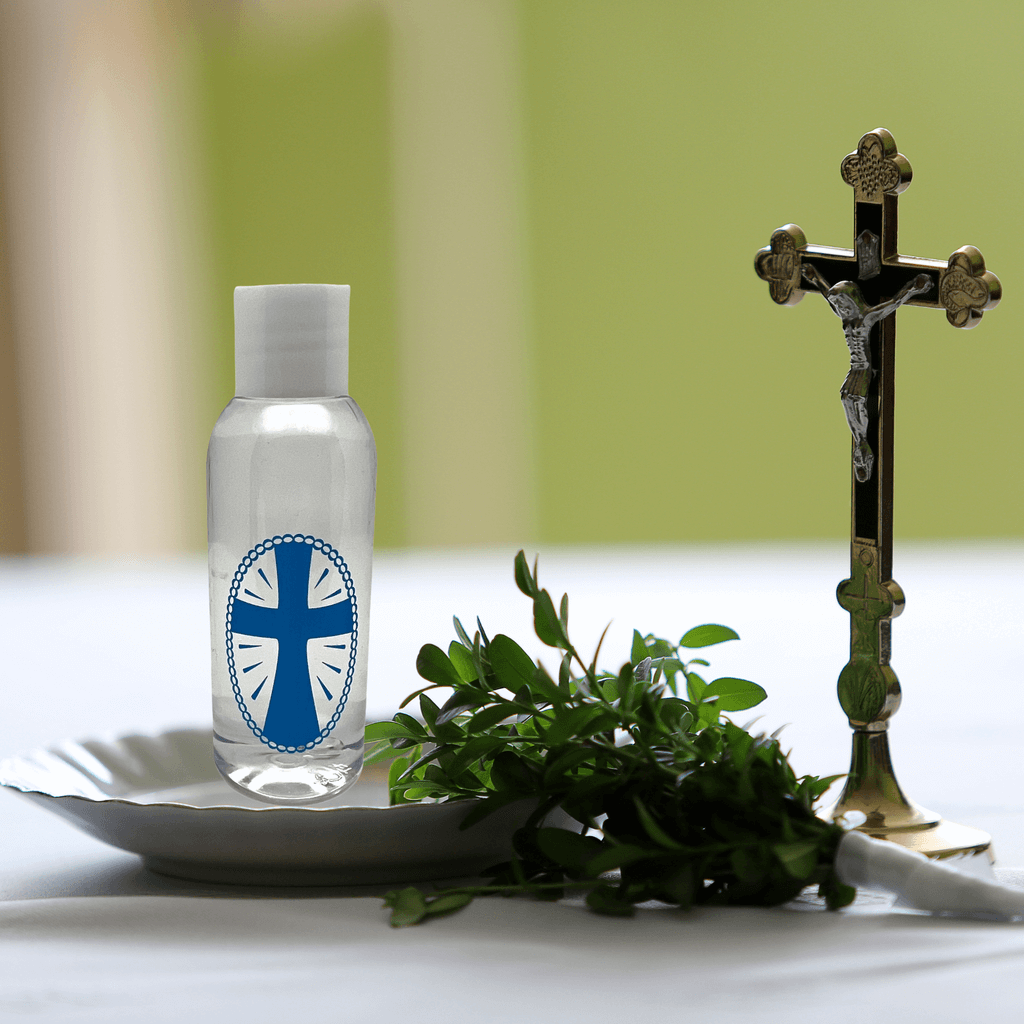
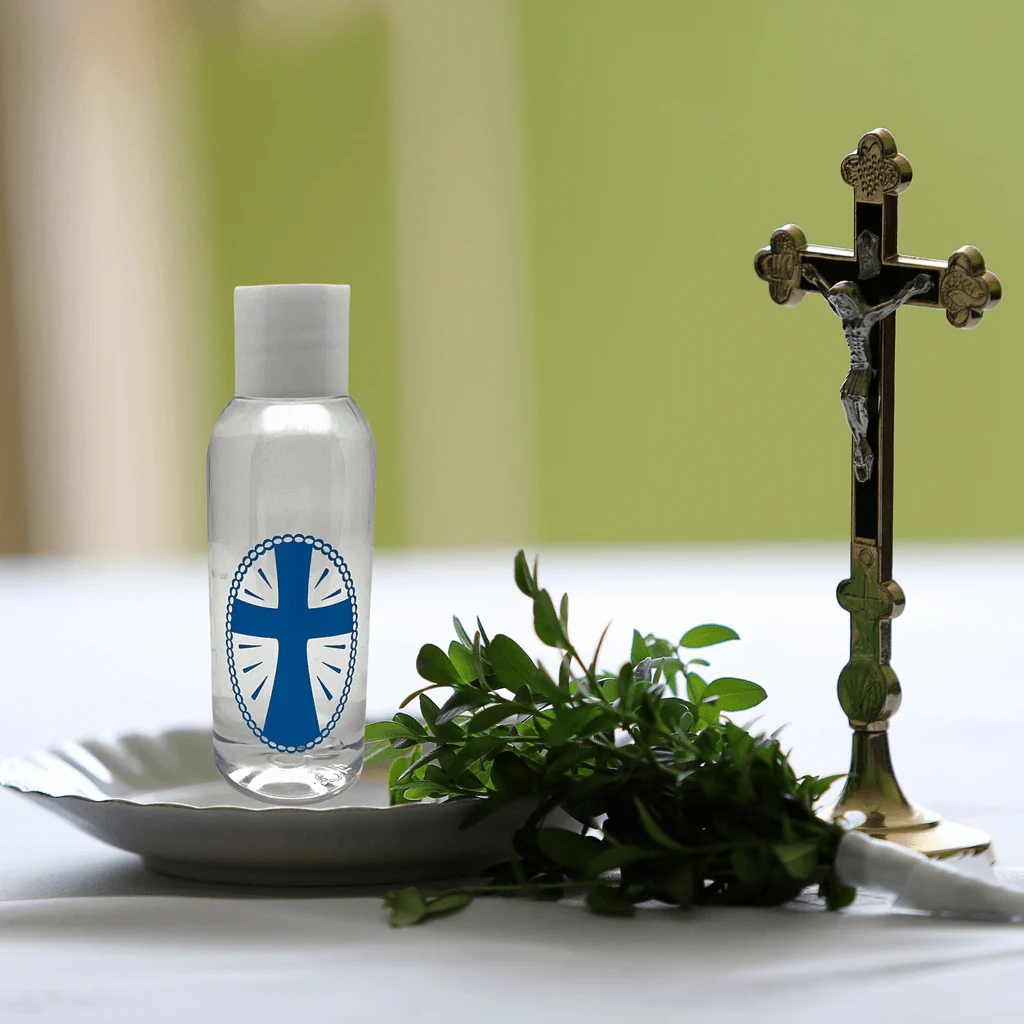
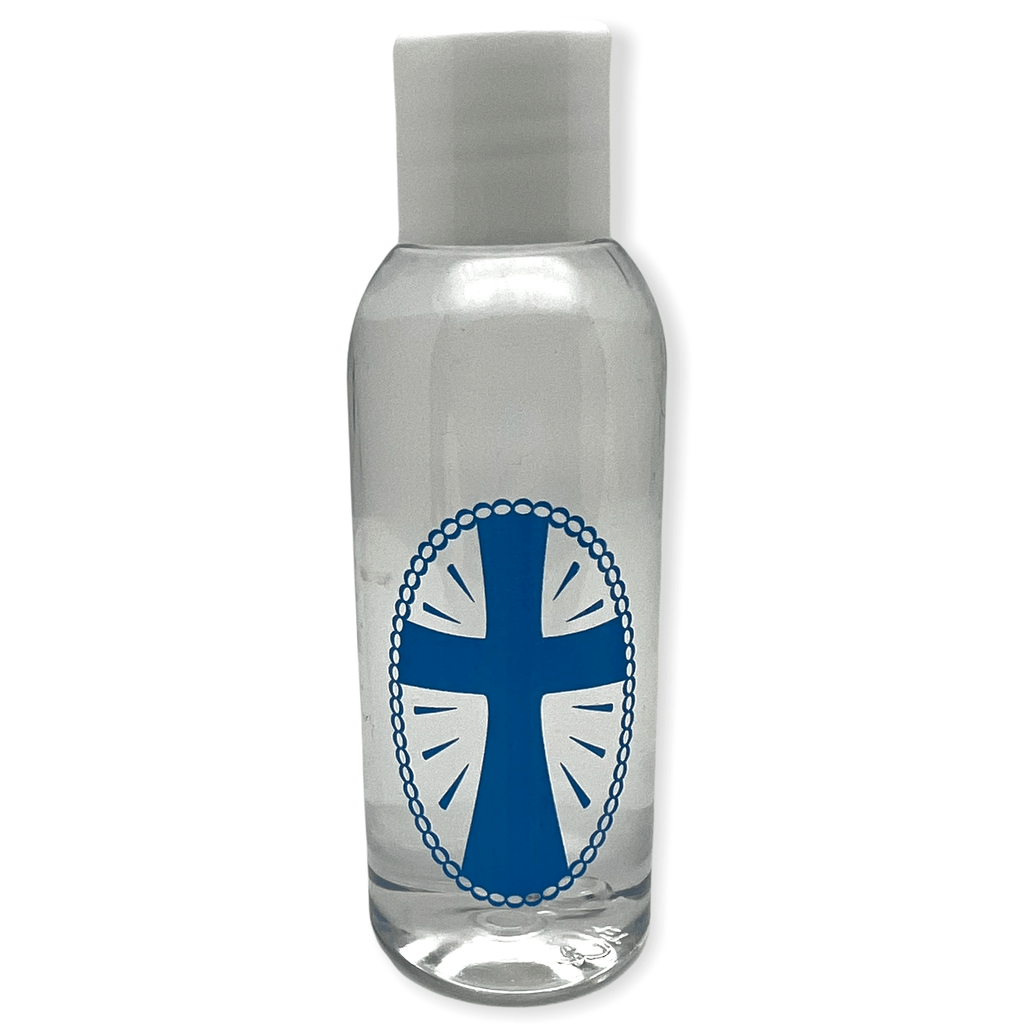
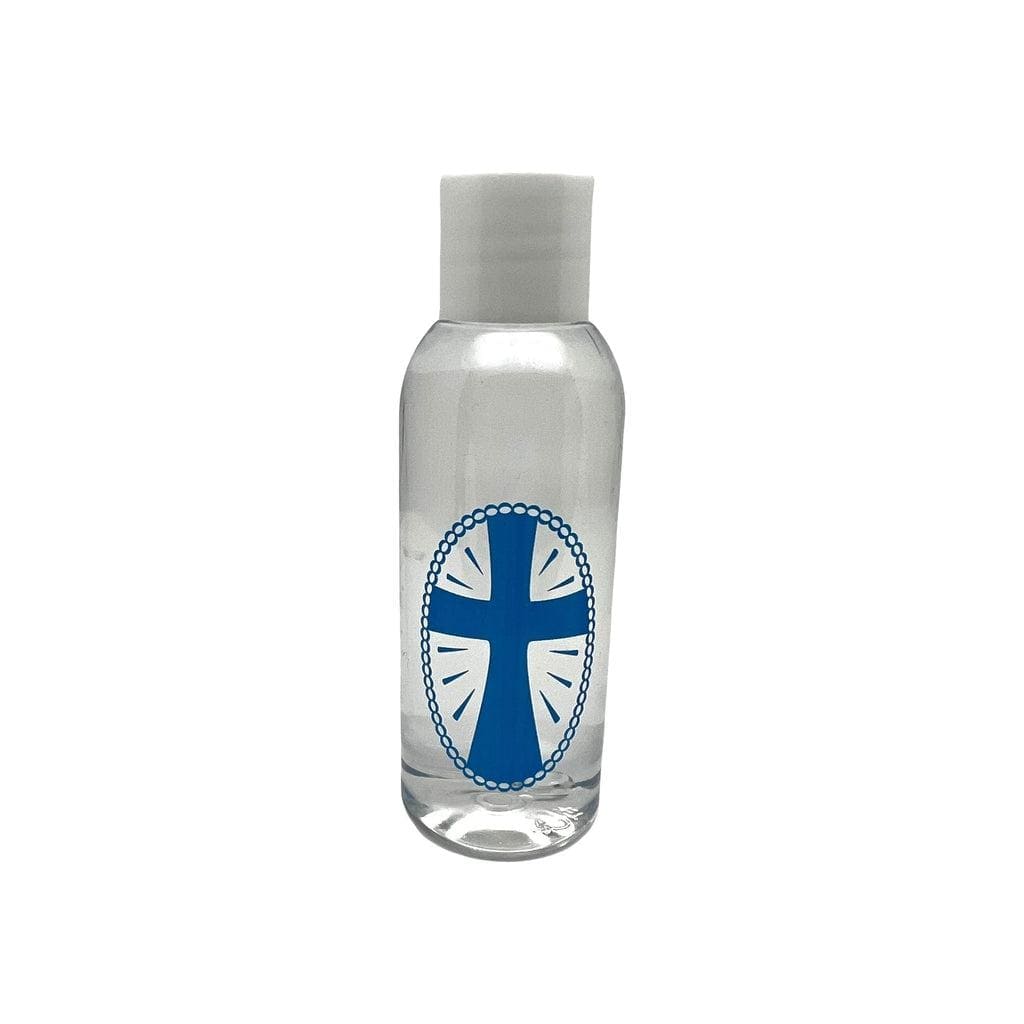


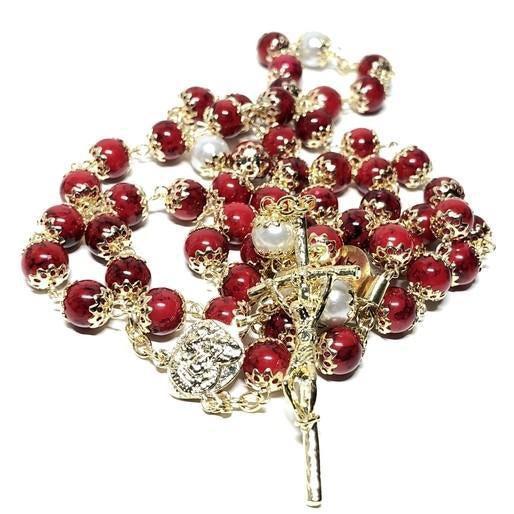
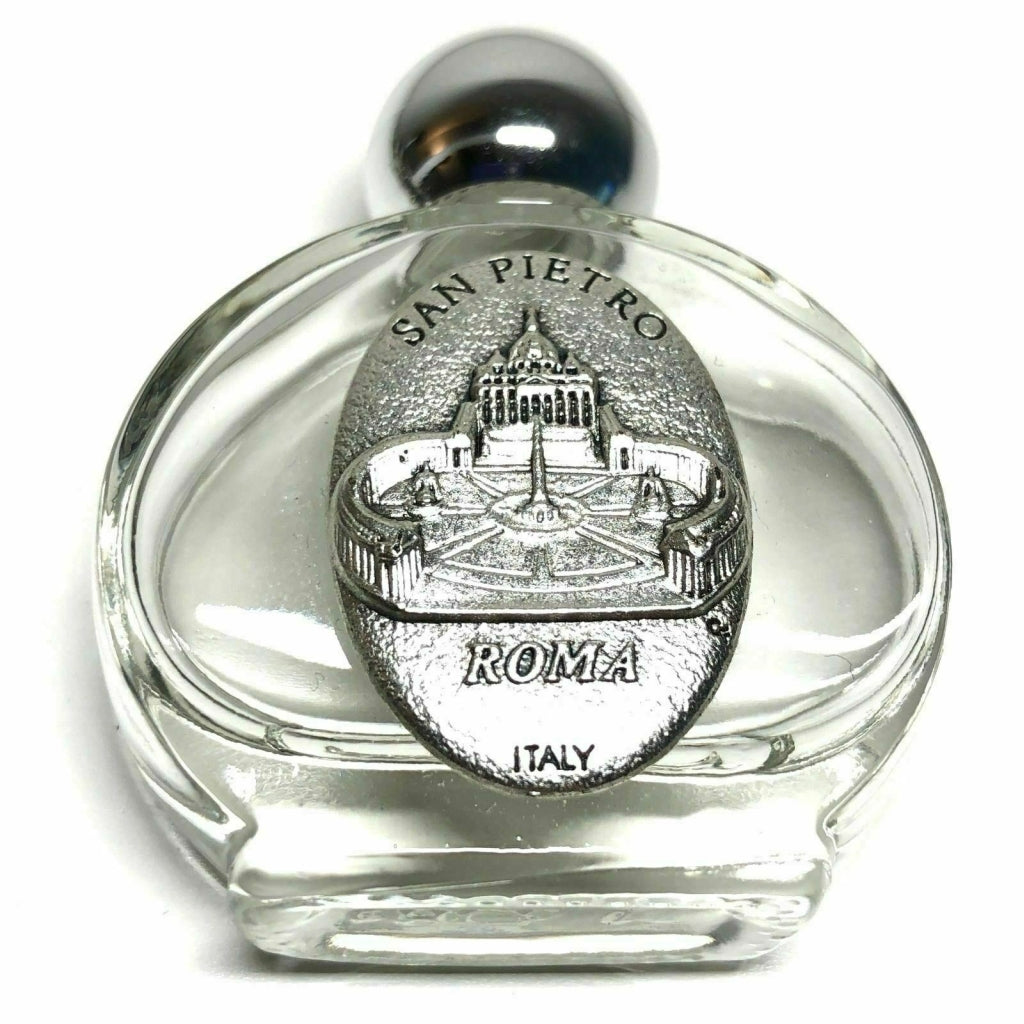
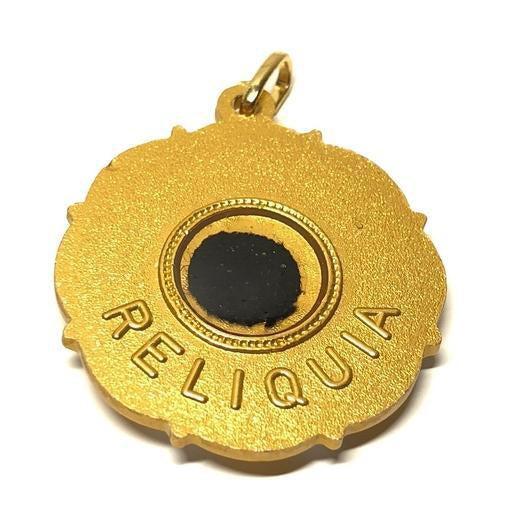
21 comments
St. Peregrine, St. Maximilian Kolbe and St. Padre Pop please pray and help heal my cat Eli in the mighty name of Jesus Christ. Amen
Thank you,
Jake
Praise St. Pio, St. Philomena please intercede for our Little Wynlan to Lord Jesus our Saviour. May HE grant our kid safe and fast healing and recovery. In Jesus’ name. Amen!
St Anne and St Padro Pio please pray for my marriage. Pray to God for healing and blessing of children. Jesus I trust in you
Praise St Padre pio St philomena St Lucy who was martyred at 13 years of age pray for us n intercede for us to our saviour Jesus Amen